As society is becoming more earth conscious, it is demanding that businesses also follow suit. Industries are being pushed to assess their environmental and social impact in order to make sustainable changes.
Currently, it’s almost impossible to find an industry that doesn’t impact the environment negatively in any way. So how does the corporate world transition to becoming more environmentally mindful? One of the strategies has been carbon offsetting.
Carbon offsetting is a trend that’s been exploding in the corporate world. Companies, like airline companies for example, that inherently produce lots of carbon emissions will collaborate in projects that will absorb carbon from the atmosphere. Some projects include reforestation, utilizing technology that tracks carbon intake and clean energy projects.
So the damage that is being caused on one side is being balanced or offset by the good that is being done on the other. This strategy is meant to be a placeholder whilst companies seek to find better processes and technologies that will limit their impact to begin with.
When companies invest in carbon offsetting, they get what is called carbon credit. Carbon credit is a tradeable certificate that represents the avoidance or removal of CO2 in the atmosphere. One carbon credit is equal to the removal of 1 tonne of carbon from the atmosphere. Companies that pollute will buy carbon credits to compensate for the damage that is being done. In 2021, carbon credit reached $1B and will continue to grow.
Key Terms
Learning some key terms is important to not only understand how sustainability is taking form in this corporate sector, but also be more aware of corporate greenwashing. These terms have continued to develop in recent times and can be a little confusing.
- GHGs are all greenhouse gasses, which include carbon dioxide (CO2), sulfur dioxide and methane.
- Carbon footprint is the amount of CO2 is emitted into the atmosphere
- Carbon sinks are areas that absorb CO2 from the atmosphere. Forests like the Amazon and Canada’s Boreal Forest are examples of natural carbon sinks.
- Carbon neutral is when a company or organization has compensated their carbon emissions with the same amount of certified carbon credits.
- Net zero is the balance and equalling out between the GHGs emissions that are being released and removed from the atmosphere.
- Climate neutral is the overall reduction of GHG emissions and compensating the remaining emissions.
- Climate positive is when a company goes beyond climate neutrality and will remove more GHGs from the environment than they create. This term has also been interchangeable with marketing terms ‘carbon negative’ and ‘carbon positive.’
- Real zero is when a company does not produce or emit any greenhouse gasses
Benefits of Carbon Offsetting
- Helps balance out GHG emissions – A company’s personal carbon footprint is balanced out by initiatives that promote carbon sequestering. Companies are finally assessing their environmental impact and investing in projects that counters that damage.
- Gives people green jobs – The Global Commission on the Economy and Climate by 2030 predicts that there will be 65 million new low-carbon jobs.
- Protects and creates ecosystems – Creating foresting projects promotes biodiversity and sustains ecosystems. Deforestation is major world problem and having companies invest in reforestation is a positive action for wildlife and the environment.
- Improves air quality – Air pollution is linked to GHG emissions. Trees absorb air pollutants, odors and gasses for up to 100 meters. Most will sequester these gases as they are growing and will trap them in their bark and roots.
> Read all about current and future demands in green jobs, here
> Read about other benefits trees bring to society, here
Criticisms Of Carbon Offsetting
- Carbon offsetting is a PR loophole – Carbon offsetting schemes are essentially part of a company’s marketing plan with the goal to divert consumer attention from the damage the organization does to the environment. This can lend itself to greenwashing. In fact, some companies have been known to buy carbon credits from ‘vintage offsets’ or cheaper projects that were done years ago and don’t currently bring any value.
- It doesn’t actually promote changes in reducing a company’s GHG emissions. Many critics of carbon offsetting believe that organizations should be focusing their attention and budget on developing processes that have less of an environmental impact instead of a carbon offsetting bandaid.
- Cutting emissions is more effective than planting trees. Depending on the species, it can take up to 20 years for a tree to absorb the amount of GHG emissions that the carbon offset scheme has promised. When trees die via burning or logging, the carbon they stored gets released into the atmosphere. It’s better to leave the fossil fuels underground to begin with than to store it in plants.
- Climate justice – Many carbon offsetting projects take place in developing countries. In the name of carbon offsetting, some of these country’s governments have been known to displace indigenous people and use land that would otherwise benefit local communities.
> Find out more about greenwashing and how to spot it, here
In Conclusion
Despite criticisms, carbon offsetting is a step in the right direction. Companies are becoming more aware of their impact and are being held more accountable for their actions. The important thing to remember is that carbon offsetting is a transitional piece that is allowing technology and industries to catch up. Although net zero has become a marketing buzz word, we must remember that the actual goal is to achieve real zero. As consumers, we need to be informed and continue to push organizations to do better both in creating ethical carbon offsetting projects and in continuously assessing and transitioning towards cleaner solutions.
> What is sustainability? Read all about it here.
> Find out more about sustainable trends in society and businesses, here
> Read about circular economy model and how it promotes sustainability in business, here
Sources:
- Bernoville, Tara. ” What is the difference between carbon-neutral, net-zero and climate positive?” Plan A, June 2022
- “Carbon Offset,” Britannica
- “Carbon terms and definitions,” Carbon Neutral
- Ghussain, Alia al. ” The Biggest Problem with Carbon Offsetting is that it Doesn’t Really Work,” Greenpeace, May 2020.
- Klein, Jesse. “4 Insights into Voluntary Carbon Market Trends,” Greenbiz, August 2022.
- Smoot, Grace. “The History of Carbon Offsetting: The Big Picture,” The Impactful Ninja






